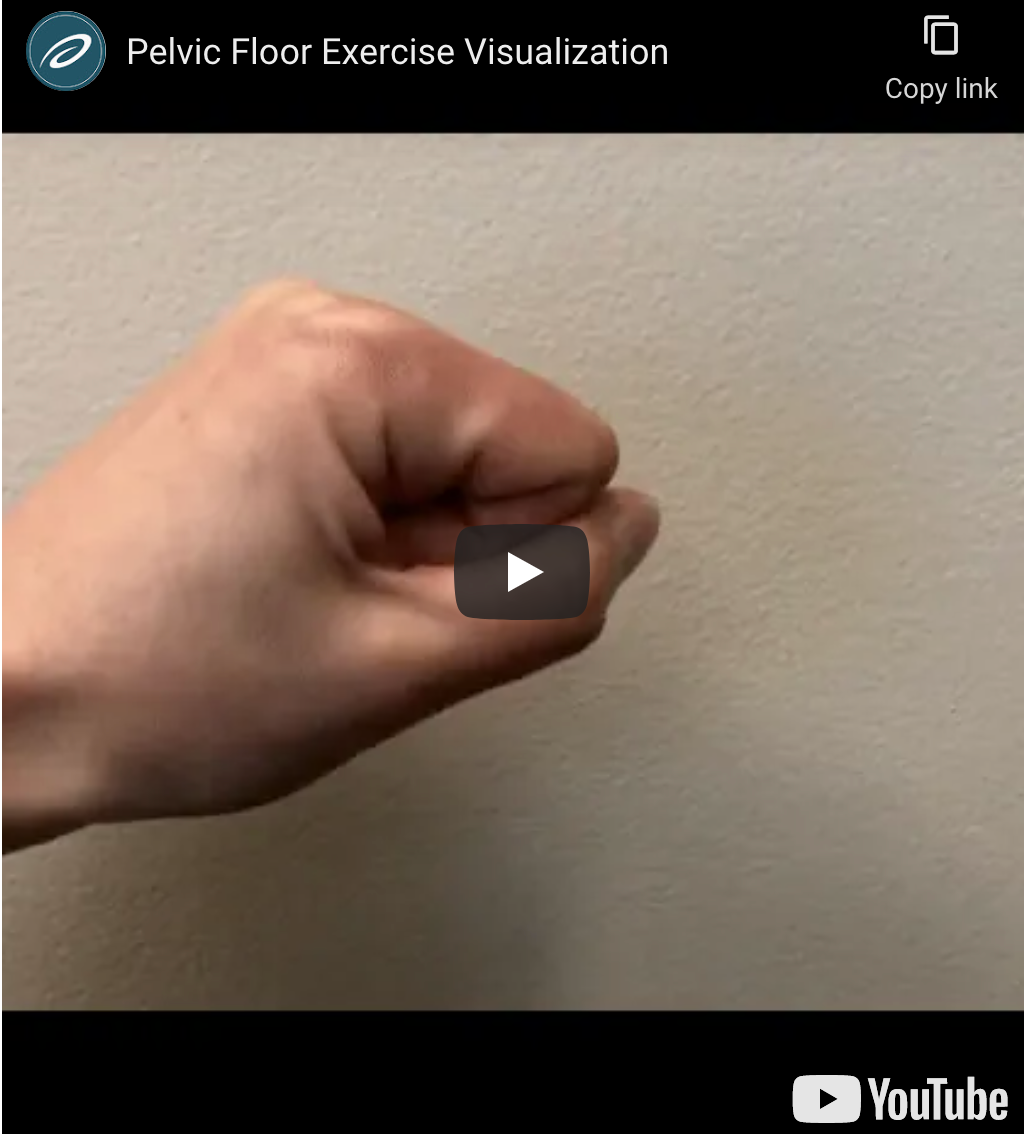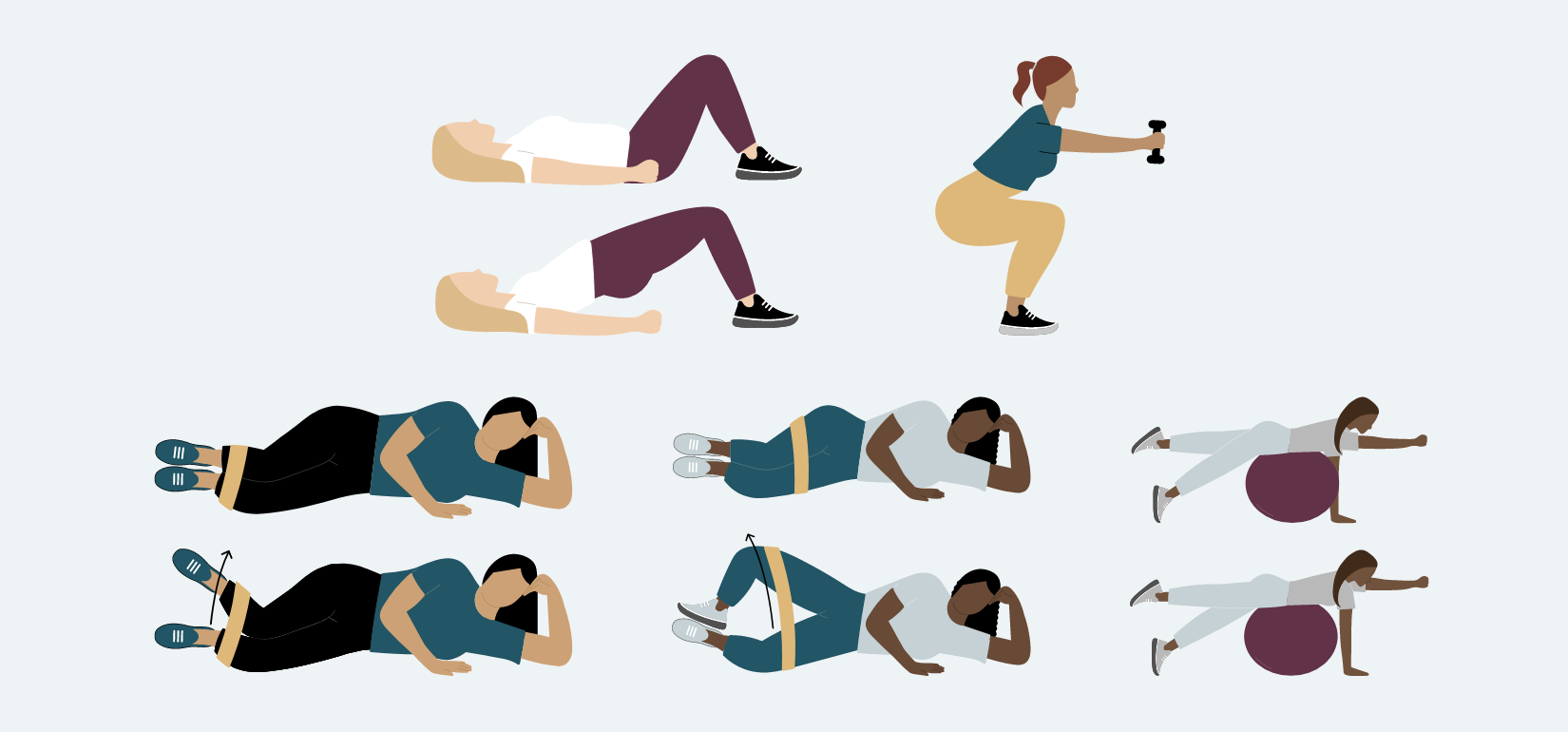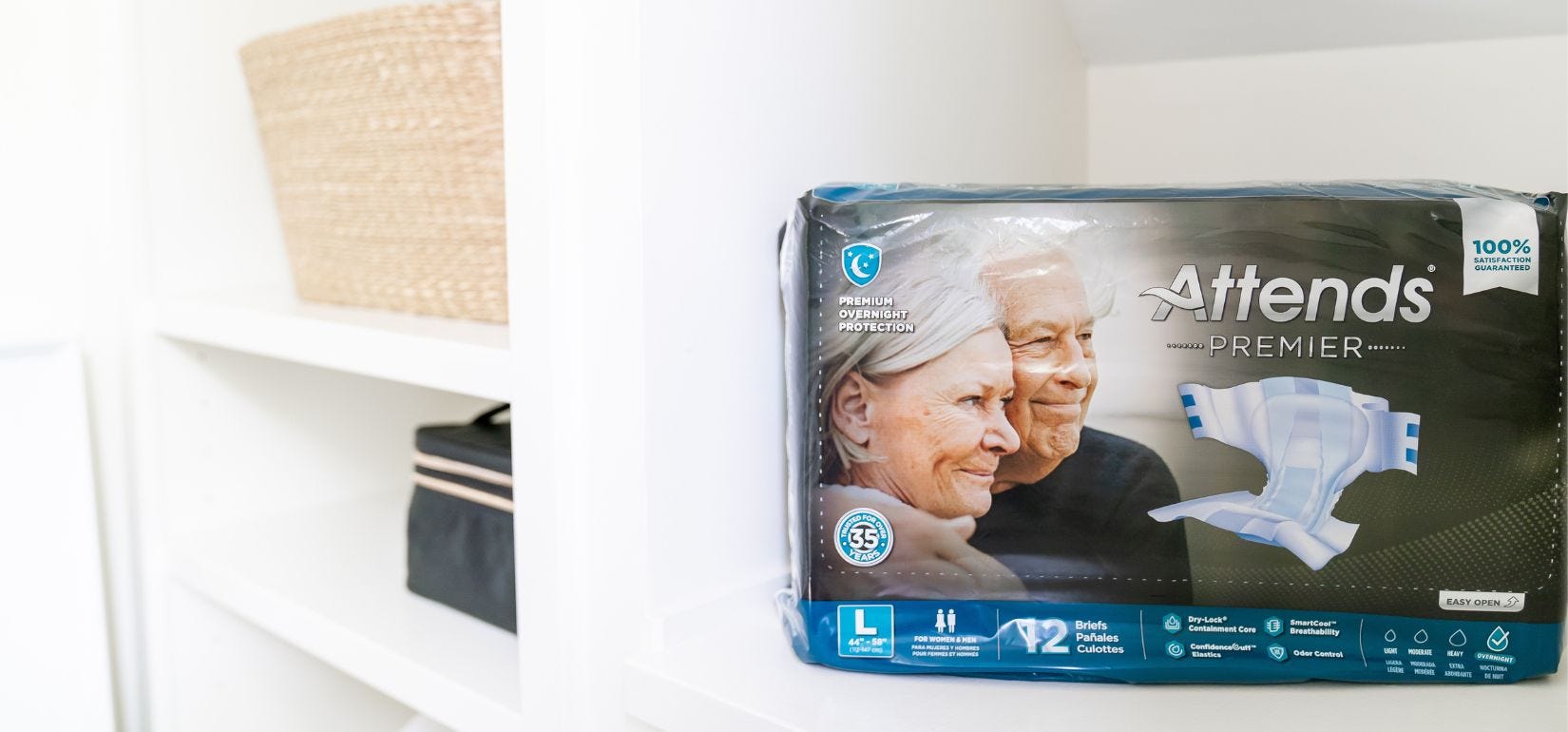Key Takeaways:
- Pelvic floor exercises are vital for men's health, improving bladder control and overall well-being.
- Correctly identifying pelvic floor muscles is essential for effective exercises.
- Men can strengthen their pelvic floor muscles through various physical activities, integrating them into daily routines for improved bladder control and overall health.
The pelvic floor is a group of muscles in the pelvis that controls pelvic functions such as urination and bowel movements.
When it comes to pelvic floor exercises, commonly called Kegel exercises, the focus is often on women. However, regular pelvic floor strengthening can significantly impact men's health.
Check Your Eligibility
In Under 2 Minutes
Discover the male bladder control supplies available through your insurance plan.
Jump To:
How Do I Find My Pelvic Floor Muscles?
How Can I Strengthen My Pelvic Floor Muscles?
Pelvic Floor Muscle Exercise FAQs
How Can I Get Free Male Bladder Control Products?
INCONTINENCE PRODUCTS THROUGH INSURANCE:
Aeroflow Urology is in-network with many Medicaid and Medicaid-managed insurance plans and is accredited by Medicaid. Complete our Eligibility Form, and we’ll automatically check to see if your plan covers incontinence supplies. ***Must meet certain requirements to qualify.***
You will also receive the care and attention every person managing incontinence deserves: A personalized list of 100% insurance-covered incontinence supplies, a dedicated Continence Care Specialist you can contact during business hours, a user-friendly online portal for easy monthly reordering, and educational content.
Get the continence care you need with the dignity you deserve. Join the Aeroflow Urology family today! It only takes 5 minutes to get started.
How Do I Find My Pelvic Floor Muscles?
To ensure you're using the right muscles, start by standing in front of a mirror. You can also explore this activity lying down or sitting. If accessible to you, you can also get feedback from your hand by placing it near the area between your scrotum and anus, as shown in the image below.
Begin by taking a few deep breaths in and out, bringing your awareness to the area in between your sitz bones (the bony parts of the butt that you sit on). On your next exhale, squeeze your superficial pelvic muscles as if you were going to stop the flow of urine or draw your penis inward (like a turtle pulling its head back into the shell). When you're ready to inhale, relax the muscles, letting the contraction go.
What did you feel?
On your next exhale, squeeze the muscles around your anus as if you wanted to hold back a fart (that feeling when you're in an elevator and you don't want to be passing gas? Yup, those are your deep pelvic floor muscles in action!)
What did you notice?
When you squeeze your pelvic floor muscles, your penis draws up and in, your testicles lift upwards, and the anus closes. When you release your pelvic floor muscles, your penis and scrotum drop back down, and the pelvic muscles relax.
Common mistakes when trying to identify your pelvic floor muscles:
- Squeezing only your butt cheeks.
- Squeezing your thighs.
- Straining your abdominals.
- Holding your breath.
- Pushing down.
If you do the above, you may target the incorrect muscles. You can refine your awareness by relaxing the other parts of your body that may be tensing or doing a lot of work (ahem, like your eyebrows).
This will allow you to better focus only on your pelvic floor muscles. You don't want to be an overachiever here: This isn't pass or fail. This activity is to help orient you with your pelvic floor, and it may take some time to establish this connection.


What Are Kegel Exercises?
Pelvic floor exercises are specific workouts that intentionally engage, strengthen, and tone the pelvic floor muscles involved in bladder and bowel control.
When they hear about pelvic floor exercises, most people automatically think of Kegel exercises. However, it's not just about Kegeling or squeezing your pelvic muscles as hard as you can! It's just as important to relax the muscles as it is to contract them.
Pelvic floor muscle function also includes optimizing range of motion, enhancing body awareness, and adapting to varying tissue demands (i.e., heavy lifting, sitting, jumping, and coughing).
Exercising your pelvic floor muscles can improve bladder urgency and frequency and decrease your chance of urinary and fecal incontinence as you age, which can improve your overall satisfaction and quality of health.
How Can I Strengthen My Pelvic Floor Muscles?
Pelvic floor exercises can be anything that challenges your pelvic floor. This could be purposeful and intentional pelvic floor muscle contraction and relaxation or anything that gets you to move and also helps to keep your pelvic floor fit (daily walks, squats, jumping on the trampoline, going for a run, CrossFit or jiu-jitsu, high-intensity exercises, bull riding—the list is almost endless).
The best part? You get to choose what exercises you enjoy! It's essential to work activities / exercises that challenge your pelvic floor muscles into your exercise routine. This will help your pelvic floor to adapt and tolerate varying demands with daily activity by building strength and resilience.
Pelvic Floor Exercise Tips:
- Maintain a natural breathing pace during these exercises.
- Letting go (relaxing the pelvic floor muscles) is just as important as contracting the muscles.
Rapid-Fire & Long-Hold Contractions
This pelvic floor exercise is most effective for those with post-pee dribble and urinary incontinence. You can do this exercise right now from the comfort of your home.
To begin this exercise, contract the superficial muscles around the base of the penis. When contracting these muscles, try to only isolate the muscles around the penis without contracting the anus or rectum.
You can perform this exercise in two different ways - rapid-fire and long-holds. For both speeds, ensure you are performing quality squeezes and releases.
Rapid-fire: Quickly squeeze and release, squeeze and release, squeeze and release.
Long-hold: While maintaining a natural and relaxed breathing pace, squeeze for 10-counts and release for 10-counts, then repeat this 10-count squeeze and release multiple times.
Gentle Activations
This exercise is best for those with a non-relaxing pelvic floor that feels tight. If you have difficulty with urinating, initiating a urine stream, emptying the bladder, having regular bowel movements (constipation), or pelvic pain, this exercise could be beneficial for your pelvic floor.
While breathing in, relax all the pelvic floor muscles as if the pelvic floor was a balloon growing in size. While breathing out, subtly and lightly engage all the pelvic floor muscles by gently squeezing and activating them. Inhale and relax the muscles. Rinse and repeat at a slow, soft, smooth breathing pace.
Video courtesy of Dr. Dan Giordano, PT, DPT, CSCS.
With this exercise, be aware of how you squeeze your pelvic floor muscles. Try to use minimal effort to achieve engagement. You don’t want to use a strong activation here. It can be beneficial to think of the difference in strength that occurs when you gently close your hand versus when you make a tight fist. For this exercise, you want to be gentle.
Active Engagement
If you experience stress incontinence, or the involuntary loss of urine during activities such as coughing, laughing, jumping, or getting up from a chair, this pelvic floor muscle exercise can help to improve your bladder control.
While walking, engage the muscles around your penis for several steps. Explore this a few times during your walk. You'll want to use the same level of activation you felt and identified in the above exercise - a gentle squeeze and activation.
After you become familiar with the right amount of activation for the muscles around your penis, intentionally squeeze these muscles before and during activities that increase intra-abdominal pressure such as coughing, laughing, sneezing, heavy lifting, getting up from a chair, when walking up or down the stairs for a few steps, and stepping onto a curb. These squeezes can assist in gaining control of your urethra and urine leakage.

Frequently Asked Questions
How many reps should I be doing?
Pelvic floor exercises are all about quality over quantity. There is no optimal number of repetitions. While doing these exercises, it is important to be intentionally aware of your pelvic floor while also at ease and comfortable both physically and mentally. It is also important to remember to maintain a relaxed and fluid breath. When you’re starting to get distracted, bored, or frustrated, move on and try again in a few hours or the next day.
I don’t have time. Can I get by without pelvic floor exercises?
You can do these exercises throughout the day while staying relaxed and engaged with your body. There’s no need to set aside one hour or even ten minutes of your time to receive the benefits of kegel exercises. You can do pelvic floor muscle exercises while walking to get the mail, sitting through commercial breaks, washing the dishes, waiting for the coffee to brew, toweling off after a shower, having sex, and even when listening to Uncle Joe’s story about bunions. Get them in whenever and wherever you can. I promise you; No one will even know you’re doing them!
How can I get the most out of these exercises?
Listen to your body. Take breaks instead of “pushing through," apply them to your daily routine and activities, do other exercises and resistance training for your whole body, and take care of your body with plenty of rest and rejuvenation. It’s all connected, so you need to care for your body from head to toe!
How Can I Get Free Male Bladder Control Products?
If you need bladder control products, such as bladder pads, adult briefs, or adult protective underwear to manage your leaks, Aeroflow Urology can help!
Just fill out our Eligibility Form to see if you qualify to get them through insurance. If you do, we'll send them to you for free in unmarked boxes on a monthly basis!
Disclaimer
Information provided on the Aeroflow Urology blog is not intended as a substitute to medical advice or care from a healthcare professional. Aeroflow recommends consulting your healthcare provider if you are experiencing medical issues relating to incontinence.









